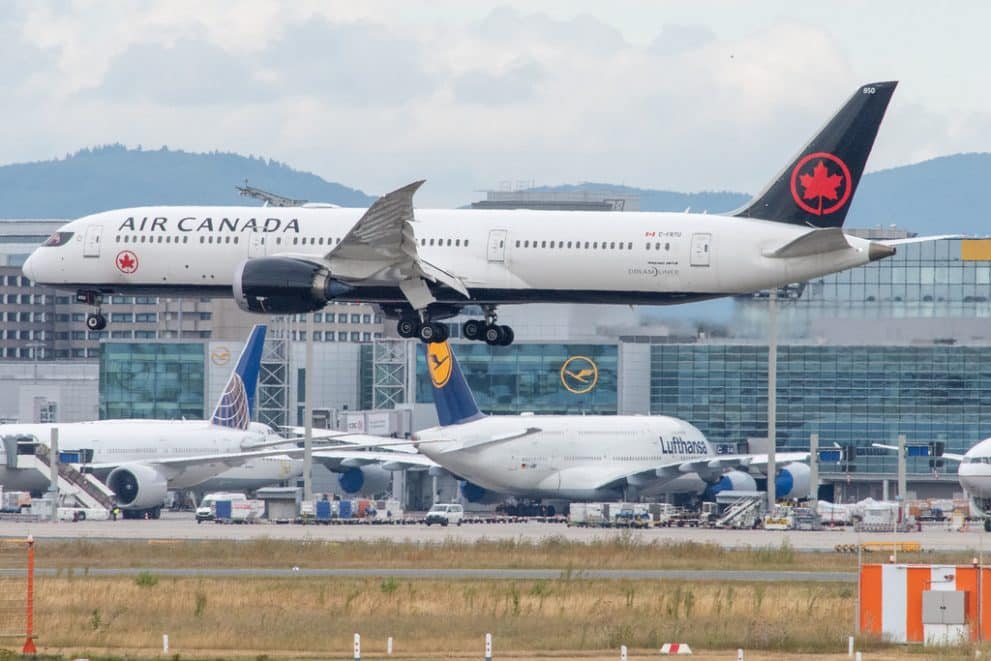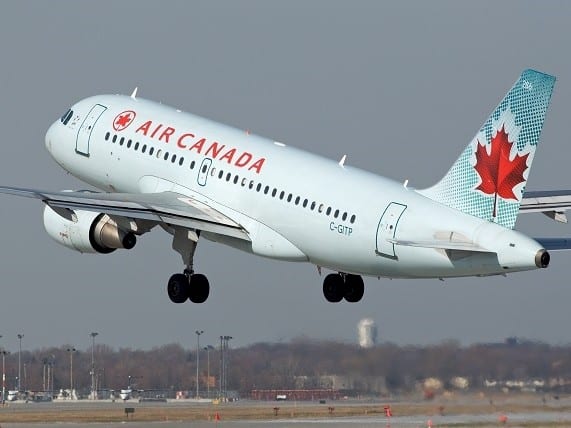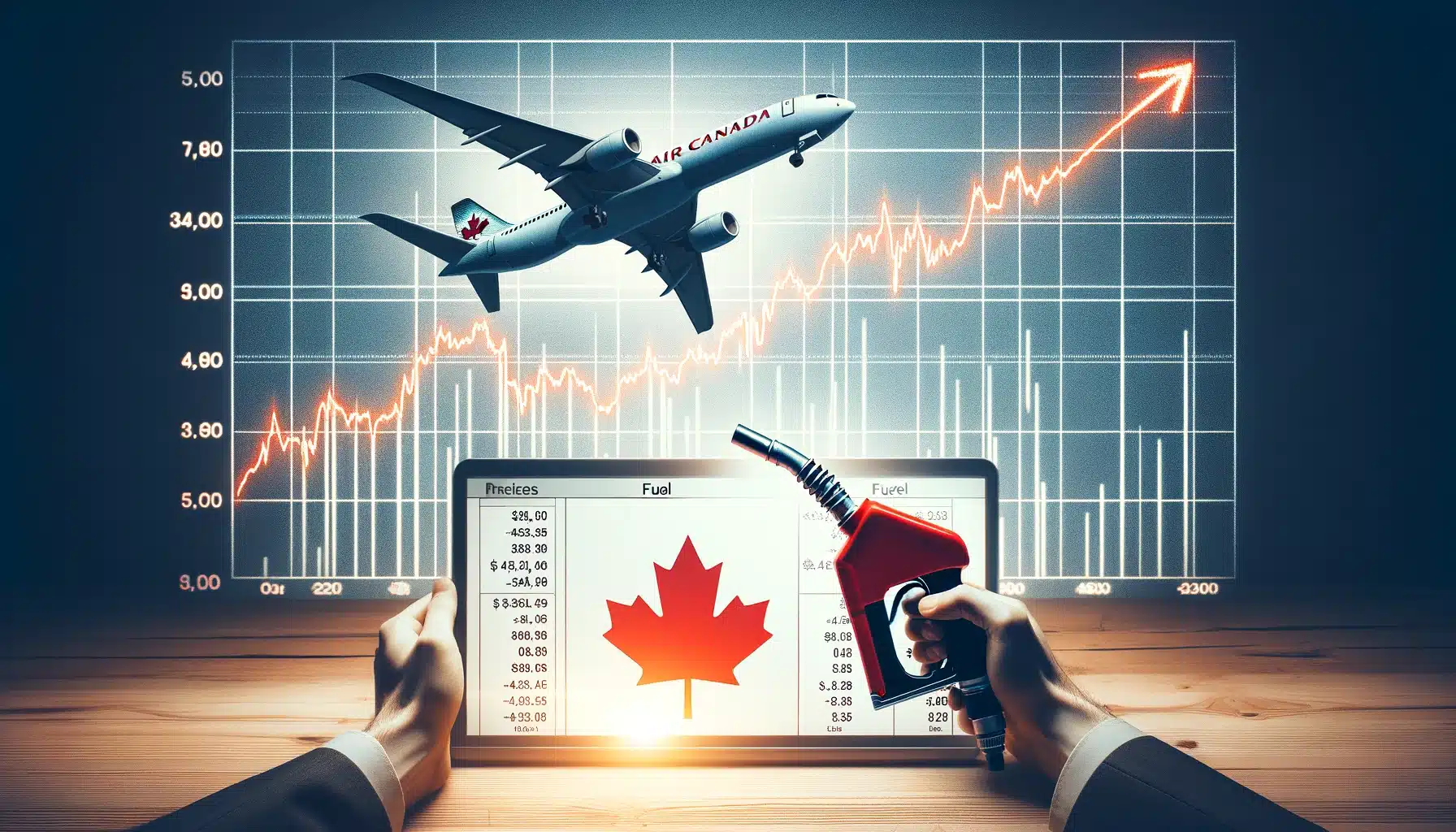
It’s been a long wait for investors who bought Air Canada (Air Canada Stock Quote, Charts, News, Analysts, Financials TSX:AC) after the stock crashed over the first few months of the pandemic. Back then, you could pick up AC for half-price or less, which many saw as a bargain considering how well the company was performing up until COVID hit.
But with shares still stuck around the $20 mark — as opposed to $50 where it traded pre-pandemic — is Air Canada really worth the wait? Stan Wong of Scotia Wealth says that depends on your longer-term strategy, as it’s unclear when AC will rise again.
“Certainly, Air Canada has had some struggles of late. We did own it in the past — we bought it during the early stages of COVID, around March/April 2020 and took our profits there,” said Wong, Director of Wealth Management at Scotia Wealth, who spoke on a BNN Bloomberg segment on Thursday.
“I think if you own it, you want to hang onto it now,” he said. “We’re seeing a little bit of reprieve in the stock. They’re having some issues obviously with the delays at the airport and fuel costs have hit names like Air Canada, as well.”
The airlines should’ve seen it coming but they didn’t. The rush of summer travellers eager to get moving again after two solid years of pandemic unease wasn’t a surprise to many, even if perhaps the sheer volume was a bit underestimated. But the difference between expectation and reality was clearly evident in the chaos at airports around the world in June, July and August, as airlines struggled mightily and baggage problems, flight delays and cancellations became a common and frustrating reality.
Airlines like Air Canada trimmed back their schedules over the summer, putting much of the blame on staff shortages. The company has since sped up hiring once again after gutting its workforce in 2020, back when the airline saw upwards of a 90 per cent reduction in air travel. Air Canada said in August that it had made it back to 34,000 employees compared to a pre-pandemic number of 34,700 and it was now planning to operate at 79 per cent of its pre-COVID capacity.
Commenting in the company’s second quarter press release in August, President and CEO Michael Rousseau said it’s been a challenging period for the company and its employees as well as for customers.
“The industry worldwide is facing unprecedented conditions as it emerges from pandemic-related restrictions,” Rousseau wrote. “The situation is particularly challenging in Canada, where we have gone from a near two-year shutdown of air travel to rebuilding our capacity back to close to 80 per cent of 2019 levels in just a few months. Despite meticulous planning and projecting, participants involved in the air transport system are facing significant pressure in restarting.”
Air Canada generated $3.98 billion in revenue for its second quarter 2022, a huge leap from just $837 million in Q2 2021. The net loss went from $1.17 billion a year ago to $386 million or a loss of $1.60 per diluted share compared to a loss of $3.31 per diluted share a year ago. Analysts had been expecting a loss of $0.83 per share.
Investors saw a nice lift in AC shares between March 2020 and March 2021, where the stock went from a low of about $13 to just under $30. But the slide since has been precipitous, with AC falling all the way back to around $18 where it’s been trading over the past three months.
Wong says the technical picture on Air Canada could be a little better.
“If you look at the charting of the stock the price is below the 200-day moving average and the 200-day moving average is trending downwards,” he said. “If you own it, it’s probably too late to sell at this point. There should be a little bit more upside here.”
“But I’m not sure if I’d build a new position here until we get above the 200-day moving average and we get more visibility in the economy that we’ll get out of this with a little bit more of a soft landing,” he said.
Air Canada cancelled about eight per cent of its flights over July and August, making for about 154 fewer flights per day on average, with domestic and US transborder flights out of Toronto and Montreal being the focus.
Looking ahead, the company said its operating capacity as measured by available seat mile (ASM) grew by about 5x year-over-year during the second quarter 2022 and that overall for 2022 it is expecting ASM to end up about 150 per cent higher than the previous year or about 74 per cent compared to the 2019 pre-COVID year.






 Share
Share Tweet
Tweet Share
Share




Comment